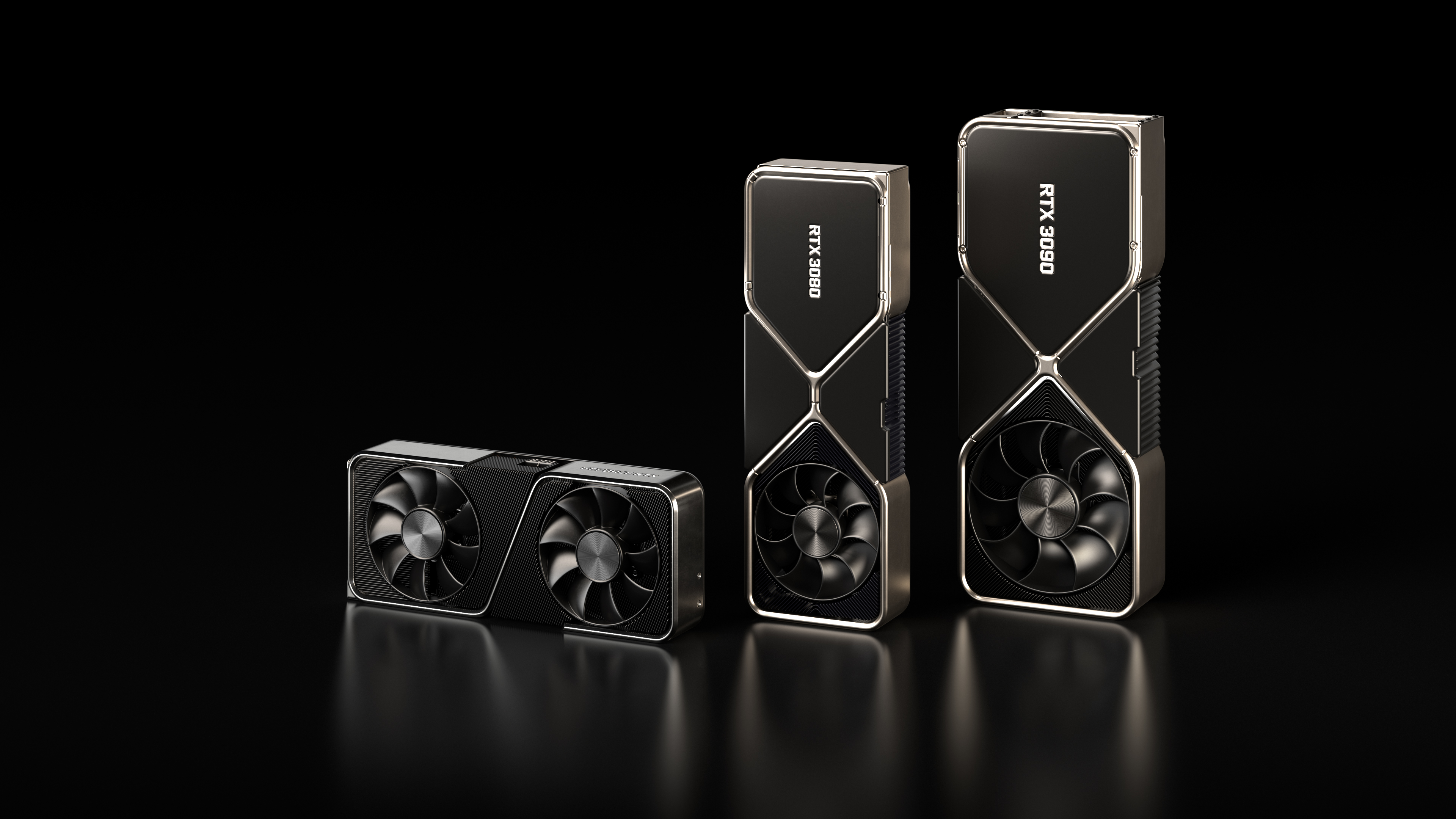
Back in February Nvidia was quite clear how it felt about cryptocurrency mining operations snapping up its graphics processing units (GPUs): “We designed GeForce GPUs for gamers,” the company said in a blog post.
Saying it wanted to minimise stock shortages for its core customer base – gamers – Nvidia launched a separate line of products called the Cryptocurrency Mining Processor, or CMP.

Access deeper industry intelligence
Experience unmatched clarity with a single platform that combines unique data, AI, and human expertise.
A normal GeForce GPU is intended for use as a PC graphics card. It adds the specialised graphical processing power required for serious videogaming, and is designed to connect, usually, to multiple high resolution displays.
Cryptocurrency miners use GPUs in large arrays and have no need for display outputs. They also need to run their equipment under heavy load continuously. They care much more than gamers do about energy efficiency, and also about price.
The new CMP cards don’t have display outputs, which permits them to have better cooling and cope with being pushed hard for long periods. Their driver software is optimised for cryptocurrency mining. At the same time it brought out CMPs Nvidia rolled out software drivers on its GeForce RTX 3060 gaming GPU to reduce the hash rate when it detects cryptocurrency mining, making them less economically viable for miners.
The core hardware of the two product lines, however, is the same thing: graphical-processing chips. Gaming GPUs and mining CMPs are essentially the same product from the chipmaker’s point of view, but the use of different software and peripherals allows the customers to be split into two groups.

US Tariffs are shifting - will you react or anticipate?
Don’t let policy changes catch you off guard. Stay proactive with real-time data and expert analysis.
By GlobalDataNvidia’s strategy is a form of price discrimination, a perfectly legal and standard sales practice in which a company asks certain consumers to pay a different price for the same or similar products. This is in part possible because of Nvidia’s dominant position in the GPU market. Examples of price discrimination include carmakers selling essentially the same car at significantly different prices based on minor equipment variations, or Apple selling an iPhone of a given model for a hugely increased price because it has some extra very cheap memory.
Nvidia sells CMPs at roughly $700 apiece, while the GeForce RTX 30-series for gamers retail for $399 to $1,499, depending on specs. Taking the median price of the GeForce RTX 30-series – $949 – gamers are on average paying a higher rate than miners.
High demand for gaming GPUs means products are often resold at a premium by resellers, another issue that Nvidia is aiming to solve by separating the cryptocurrency mining and gaming markets.
The move looks to have been good business for Nvidia. In the three months ended 2 May, its CMPs brought in $155m in revenue for the Santa Clara, California-headquartered company.
While that sum is dwarfed by Nvidia’s core gaming business – which generated a record $2.76bn in the fiscal first quarter – it is still a notable additional revenue stream.
Asked for comment by Verdict, an Nvidia spokesperson said that the two product lines cannot be directly compared:
“CMP GPUs are optimised for mining and use GPUs that do not meet our GeForce GPU specification. They are not comparable.”
The separate products could also shield Nvidia in the event of a cryptocurrency price crash. The mining of bitcoin and other digital currencies is only profitable while their prices remain high. A recent downturn from bitcoin’s peak in February could mean weaker sales for Nvidia in the current quarter, should that trend continue.
It learned this the hard way when bitcoin crashed in early 2018 and miners stopped buying Nvidia graphics cards. That left the company with an inventory bubble. But now Nvidia can, to an extent, segment these two revenue streams and keep on top of inventories.
However, there is nothing stopping cryptocurrency miners from buying other GPUs without restrictions, and there are also reports of workarounds for the anti-mining software drivers.
This makes it tricky to determine how much the surge in cryptocurrency prices during the last quarter contributed to Nvidia’s record sales in its gaming segment, a fact acknowledged by chief financial officer Colette Kress in an earnings call on Wednesday.
Despite the volatility of cryptocurrency prices, Nvidia expects CMP sales to more than double to $400m in the current quarter.
Nvidia CEO Jensen Huang has made it clear that gaming remains the company’s core focus.
“The gaming industry is really large, and what’s really exciting on top of that is that gaming is no longer just gaming,” Huang said during a call with analysts on Wednesday. “It’s infused into sports, e-sports. It’s infused into art. It’s infused into social. And so gaming has such a large cultural impact now. It’s the largest form of entertainment, and I think the experience we’re going through is going to last a while.”
Elsewhere Nvidia showed strong growth in its data centre business, with revenues up 79% year on year (YoY) to $2.05bn. Much of this growth stemmed from the $6.9bn acquisition of Mellanox, a supplier of data centre-related technologies.
But Nvidia’s automotive business – in which it provides GPUs to carmakers, primarily for high-end driverless applications – continued to stutter, generating just $154m and slumping 1% on the year-ago figure.
Nvidia’s overall revenue totalled $5.66bn, up 84% YoY, while profits soared to $1.91bn.







